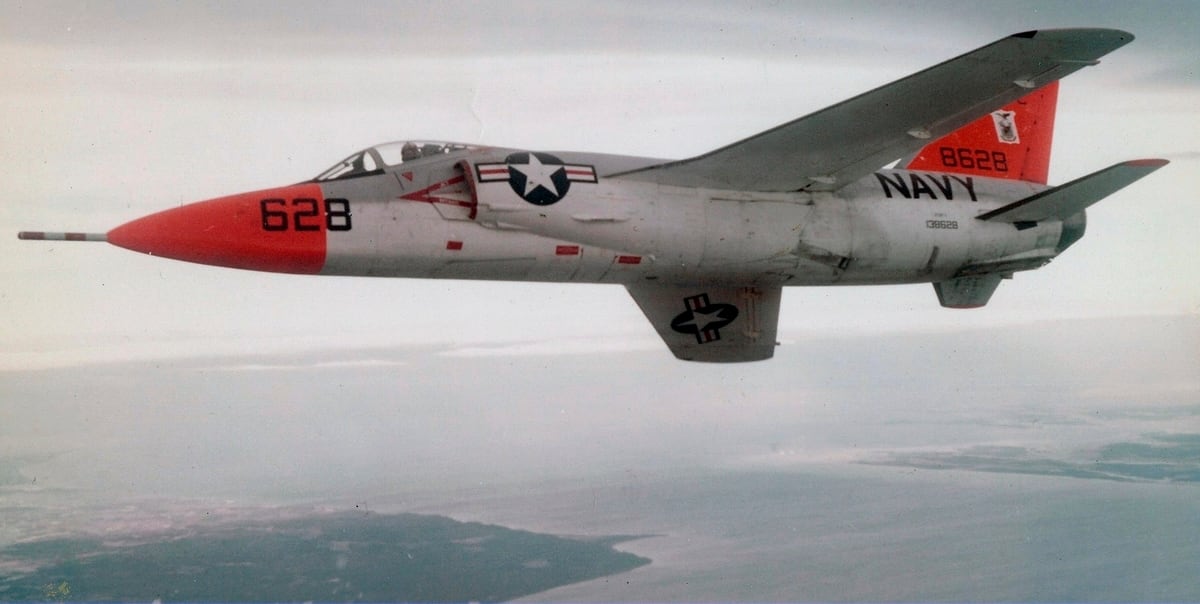Mistakes will happen, even in the military. Here are six mishaps, miscalculations, and malfunctions that prove it.
The Bomb Bay Flub
On the afternoon of March 11, 1958, a Boeing B-47E Stratojet took off from Hunter Air Force Base near Savannah, Georgia.
Accompanied by other B-47s, the high-altitude, long-range bomber headed for Bruntingthorpe Air Base in England, where it was to simulate the delivery of a nuclear device. The crew of four included Capt. Bruce Kulka, the navigator and bombardier, who was sitting in front of the bomb bay area and a Mark 6 nuclear bomb — a Cold War hedge in the event of Soviet hostilities.
Not long after takeoff, as Capt. Earl Koehler piloted the six-engine aircraft to 15,000 feet, a cockpit warning light alerted him that something was amiss with the steel pin that locked the nuclear bomb into its harness. When the lever designed to remedy the problem didn’t work, Koehler directed Kulka to crawl into the bomb bay to make repairs by hand.
Kulka was unable to locate the locking pin and thought it might be somewhere above the 10-foot-tall, egg-shaped bomb, but when he jumped up in the hope of finding the pin, he accidentally pulled the emergency bomb-release trigger.
In an instant, the 30-kiloton nuke dropped onto the bomb bay doors, forcing them open. Kulka managed to grab hold of something so as to not follow the payload toward a wooded area in Mars Bluff, South Carolina, not far from Walter Gregg’s house.
Gregg and his young son were building benches in his workshop, his wife was sewing by the front porch, and the couple’s two daughters, ages 6 and 9, along with their young cousin, had just returned from playing in the very clearing where the bomb was headed. The bomb detonated on impact, shaking the B-47, wrecking the Gregg home and outbuildings, injuring the youngsters, and replacing the family garden with a 75-foot-wide, 30-foot-deep crater.
Fortunately, only the high-explosive trigger blew up; the nuclear core was stored elsewhere on the plane, so the bomb that fell on this tiny, rural community did not produce a nuclear blast.
When the smoke cleared, the Greggs sued for damages in federal court, and three years later the air force grudgingly gave them $54,000 in compensation.
In 1997 they sold their home and their bombed land, which today boasts a historical marker and the overgrown remnants of the crater.
Kulka retired after serving another dozen years in the air force, moving up in rank along the way.
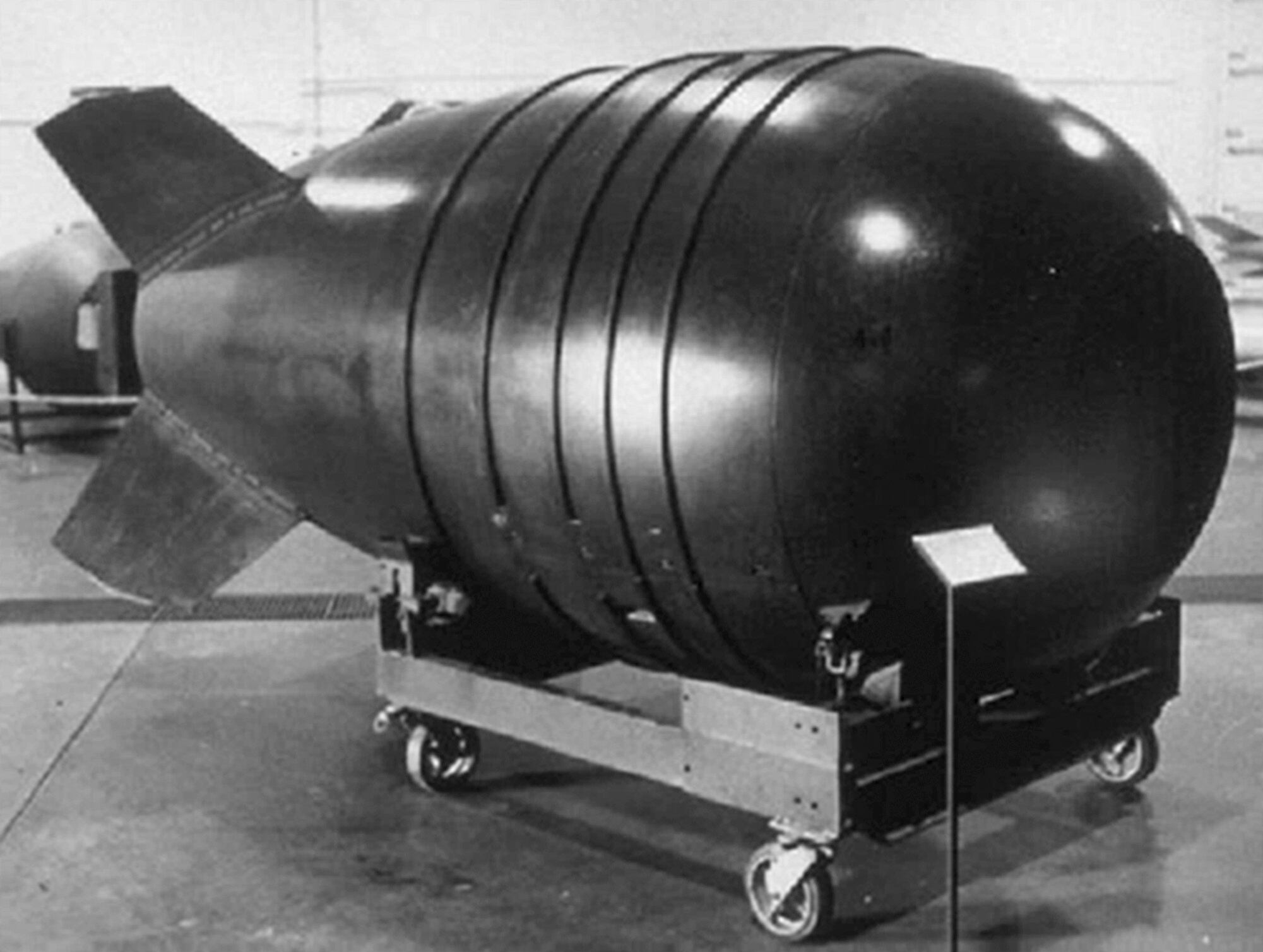
Head Trauma
On April 6, 1945, the German submarine U-1206 left its base in the Nazi-occupied port city of Kristiansand, Norway, and headed for its maiden combat patrol — a mission to search out and destroy British and American convoys in the North Atlantic.
The 220-foot vessel, under the novice command of 27-year-old Karl-Adolf Schlitt, boasted five torpedo tubes, a pair of twin antiaircraft guns, and a newly re-engineered plumbing system that discharged waste from the sub’s two toilets into the ocean’s depths, obviating the need for it to be stored in containers for disposal near the surface.
This innovative high-pressure flushing mechanism, which used a series of valves and compressed air to accomplish its space-saving duties, was so complicated that a crew member had to be specially trained in its operation.
After eight days at sea, while the U-1206 was submerged for engine repairs some 10 miles off the coast of Scotland, Schlitt purportedly had trouble with one of the newfangled toilets, and in short order all hell broke loose: the head mechanic summoned to make repairs mistakenly opened or removed a valve, which produced a surge of sewage and seawater that inundated a collection of large batteries housed beneath the finicky crapper.
According to Schlitt’s official incident report, in which he categorically placed himself far from the scene of the grime, the danger of the flooding 70 meters down was compounded by lethal chlorine gas — created when the seawater combined with battery acid — wafting through the ship.
What’s more, the sub’s bilge pumps then malfunctioned, and with water rising inside the bow, the chief engineer moved everyone astern and used all the compressed air on board to surface the vessel.
Unable to move or dive, however, and with British planes patrolling overhead, Schlitt destroyed secret equipment, ordered his men into lifeboats, and scuttled the compromised submarine, sending it to the floor of the North Sea.
The U-boat’s captain and 45 of its men made it to shore in their dinghies or were rescued by local fishing boats, while four others perished.
Forty-two years later, Schlitt returned to Scotland to personally thank the fishermen who had plucked his crew from the treacherous waters.
He stood atop the 100-foot cliffs near Cruden Bay and wistfully gazed out toward the spot where his damaged boat still lay, done in by the call of nature and a not-so-straight flush.
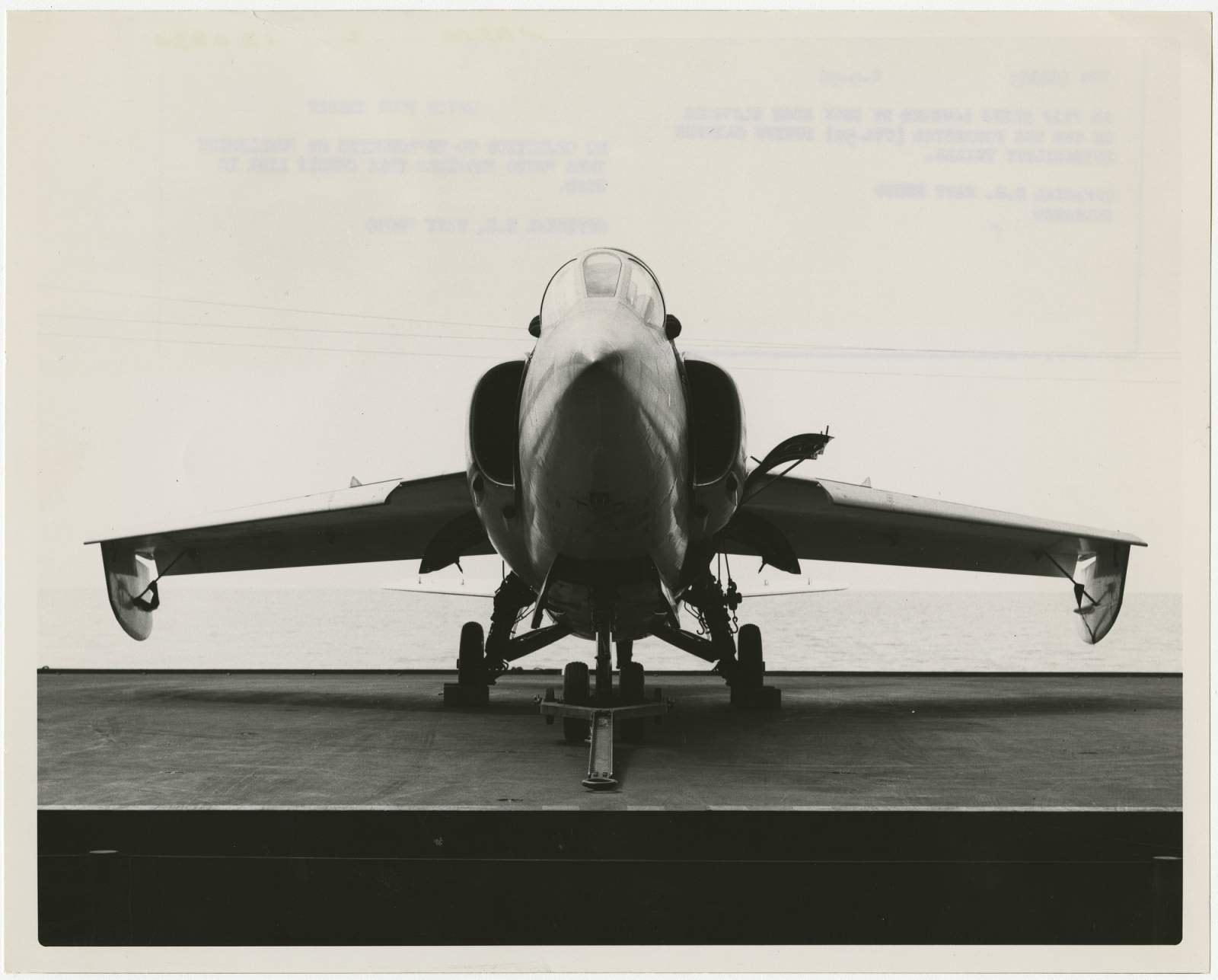
Faster Than a Speeding Bullet
On September 21, 1956, Thomas W. Attridge Jr. earned the dubious distinction of piloting the first jet aircraft — a Grumman F11F-1 Tiger — to shoot itself down.
As a young U.S. Navy ensign, Attridge had flown combat missions during World War II in the Philippines and elsewhere in the Pacific, and after retiring from the military was an in-house test pilot for Grumman.
On that fateful Friday in 1956, the 33-year-old Attridge took off in a Navy Tiger from Grumman’s test facility in Long Island, New York, and piloted his jet — much like that used by the Blue Angels from 1957 to 1969 — some 20 miles out over the Atlantic Ocean, where he climbed to 20,000 feet in preparation for test firing the aircraft’s four 20mm cannons.
Attridge began a shallow dive, and at 13,000 feet he fired 70 rounds during a four-second burst; then he advanced the throttle to afterburner, entered a steeper dive, and at 7,000 feet, pulled the trigger again to clear the gun belts.
Moments later the plane shook and the front windshield buckled, which Attridge attributed to a likely bird strike. But he also noticed a gash on the right engine’s intake and subsequently found that he could only push the throttle to 78 percent before the engine started to sound like “a Hoover vacuum cleaner picking up gravel from a rug,” as he later described it.
Attridge headed for the Grumman runway, but two miles out the engine quit and the ailing Tiger ended up slicing through 100 yards of forest, finally settling in trees a half mile short of its landing spot. Attridge broke a leg and three vertebrae on impact, but he nevertheless managed to free himself from the blazing plane and board a rescue helicopter that Grumman had dispatched.
An investigation revealed that a bird wasn’t to blame for the crash, but rather the laws of physics: Drag on the first cannon rounds had reduced their velocity and trajectory, and as the plane accelerated and began a steeper dive, boosted by gravity, it caught up to and collided with the bullets.
The investigation also found that the plane’s inert ordnance, used in such noncombat test drills, had hit the windshield, nose cone, and right engine intake. The bullet that damaged the intake had disabled the plane by breaking fan blades and other components as it caromed from place to place.
In the end, the F11F-1 Tiger, tail number 138620, was toast.
In six months Attridge was back on the job, and he would later become a project manager for Grumman’s Apollo Lunar Module development program.
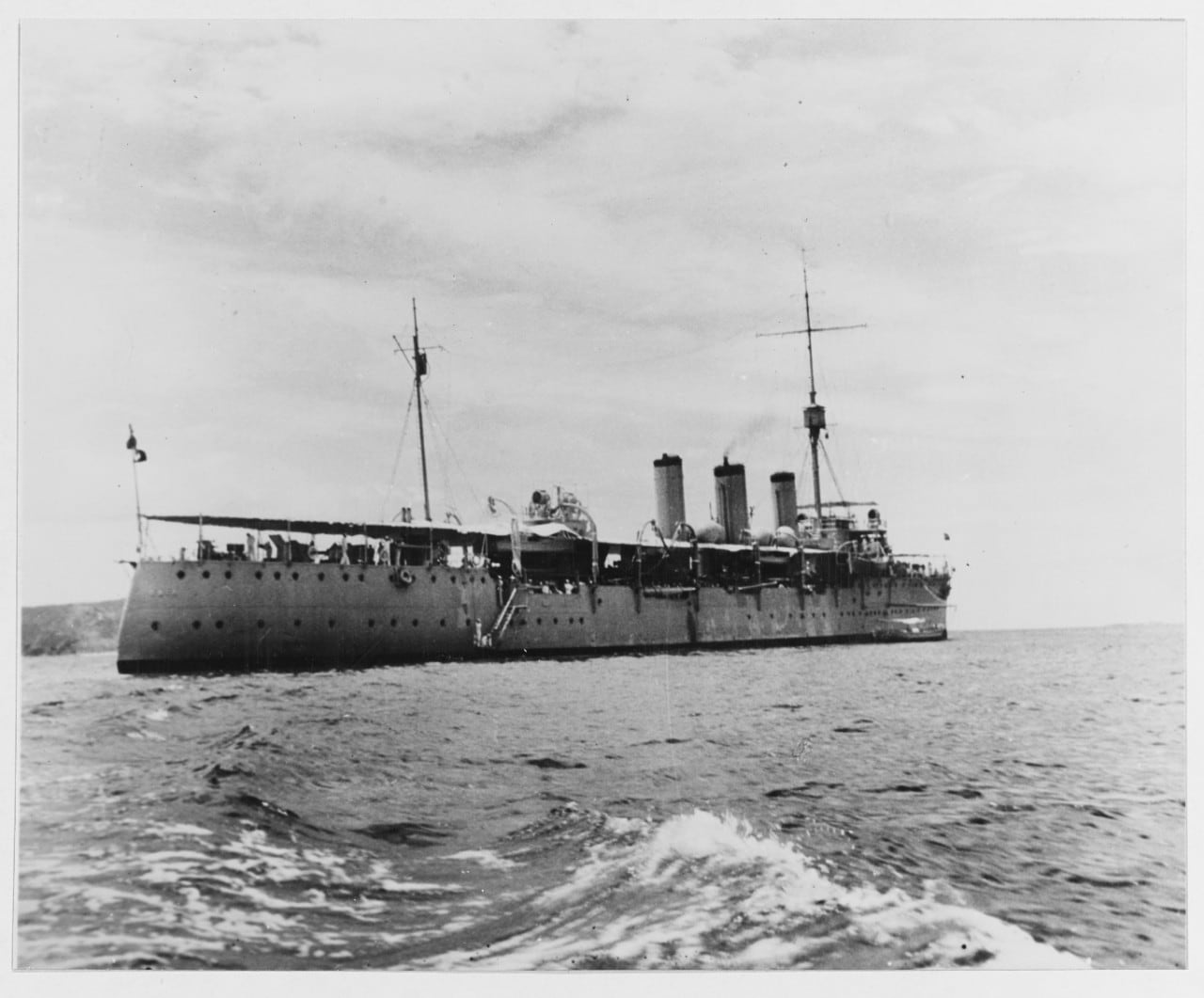
Bahia Jinx
The cruiser Bahia, built for the Brazilian navy at a shipyard in northeast England and commissioned in May 1910, was assigned in World War I to patrol for German mines off the western coast of Africa and to escort convoys moving through those same waters.
During World War II, after an engine and armament upgrade, the Bahia was again used primarily to patrol for enemy boats and guard merchant ships traveling the Atlantic. In May 1945, following Germany’s surrender to the Allies, the Bahia was redeployed as a rescue ship beneath the air space of U.S. transport planes ferrying troops from Europe to the Pacific Ocean theater.
Some two months later, while stationed near St. Peter and St. Paul’s Rocks, a small group of rocky islands halfway between Brazil and Africa, the Bahia’s crew was conducting antiaircraft drills with 20mm guns.
The target was a kite latched to the ship’s stern. When one of the gunners shot the kite down, he followed it on its descent and — with no training stops to prevent him from aiming further rounds at the ship — he inadvertently fired on a rack of depth charges.
The explosion that followed knocked out the ship’s power, and within three minutes the Bahia was underwater.
The disaster was discovered four days later, on July 8, when the Rio Grande do Sul, which had served alongside the Bahia since World War I, arrived to take its place.
Estimates varied on the number of casualties, which included the death of four U.S. Navy sound technicians, but a New York Times dispatch from Rio de Janeiro reported that only 28 of the 375 on board had been rescued.
“The survivors said many jumped into the sea from rafts when crazed by the heat and the lack of food and were eaten by sharks,” the story noted.
There was immediate speculation, however, that the Bahia had actually been mined or torpedoed by one of the German U-boats fleeing for Argentina at war’s end.
The chief of Brazilian naval intelligence believed this scenario, and it still circulates among conspiracy theorists.
But the Argentine navy ministry calculated that the submarine could not have made it to its country’s shores in the brief time after the ill-fated Bahia went down, so the kite tale stuck as the tragedy’s most viable explanation.
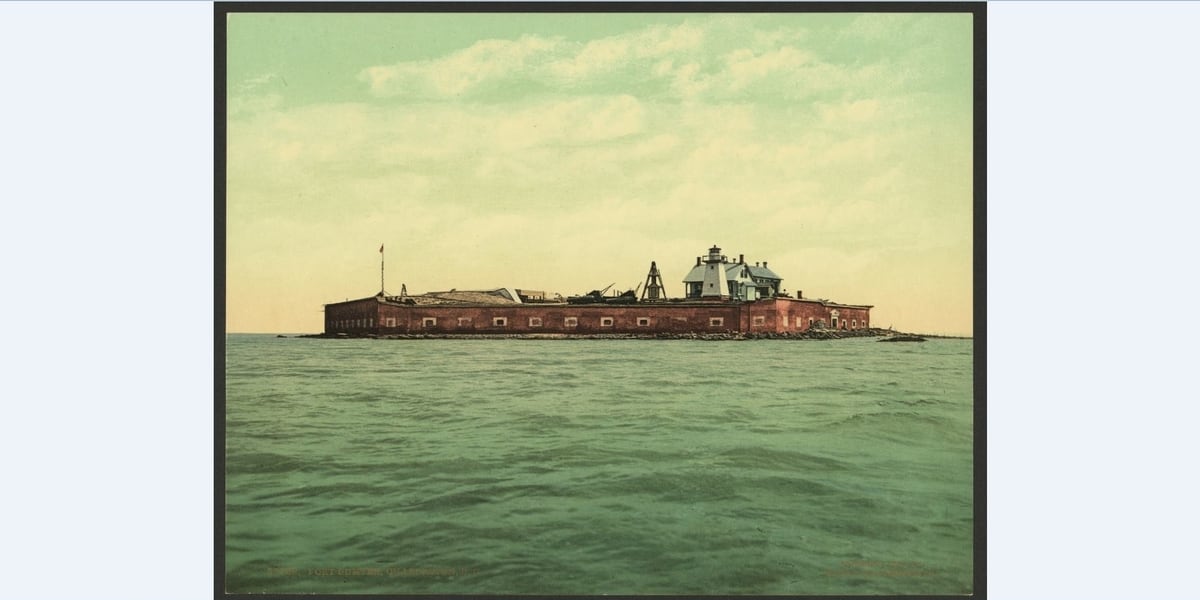
A Parting Shot
On December 20, 1860, South Carolina formally seceded from the Union, and with that ordered U.S. forces based in Charleston to vacate the port city.
But Maj. Robert Anderson, who commanded a small contingent of enlisted men and officers, instead clandestinely moved his soldiers and some workmen to Fort Sumter, the heavily fortified, five-sided brick garrison—still under construction at the time—on a small island in Charleston Harbor.
A month later South Carolinians blocked a shipload of government troops dispatched by President James Buchanan from ferrying in additional soldiers and much-needed supplies, and in March 1861, Gen. P. G. T. Beauregard tightened the noose by also cutting off food to the isolated fort.
Abraham Lincoln assumed the presidency on March 4, 1861, and early the next month he dispatched more ships to resupply the beleaguered fort.
Beauregard was determined to stop these vessels as well, and on April 11 he requested that Anderson — coincidentally, Beauregard’s artillery instructor at West Point — immediately surrender.
Anderson refused, and in the early hours of April 12 Confederate forces began a daylong bombardment of Fort Sumter with cannon and mortar fire.
The Confederate troops resumed their assault the following morning, employing a strategy that set most of the besieged fort’s barracks and other wooden structures on fire and jeopardized its supply of gunpowder.
By afternoon, with the fort’s defenses crumbling and the air thick with smoke, Anderson agreed to the negotiated terms of a truce and then raised a white handkerchief on a makeshift flagpole. The Confederate command signed off on the terms of surrender that evening, and the Battle of Fort Sumter — the first military action of the Civil War — was over, remarkably with no casualties on either side.
The following afternoon, however, Union troops initiated the 100-gun salute to their flag that Anderson had insisted on as a condition for withdrawing his forces, and a spark that followed the 47th shot detonated some of the cartridges piled nearby, in the process wounding bystanders and killing Pvt. Daniel Hough.
Pvt. Edward Galway was wounded during the abbreviated ceremony (it was halted after 50 shots) and died later that night, making the first two fatalities of the bloody Civil War victims of mere misfortune rather than of battlefield combat.
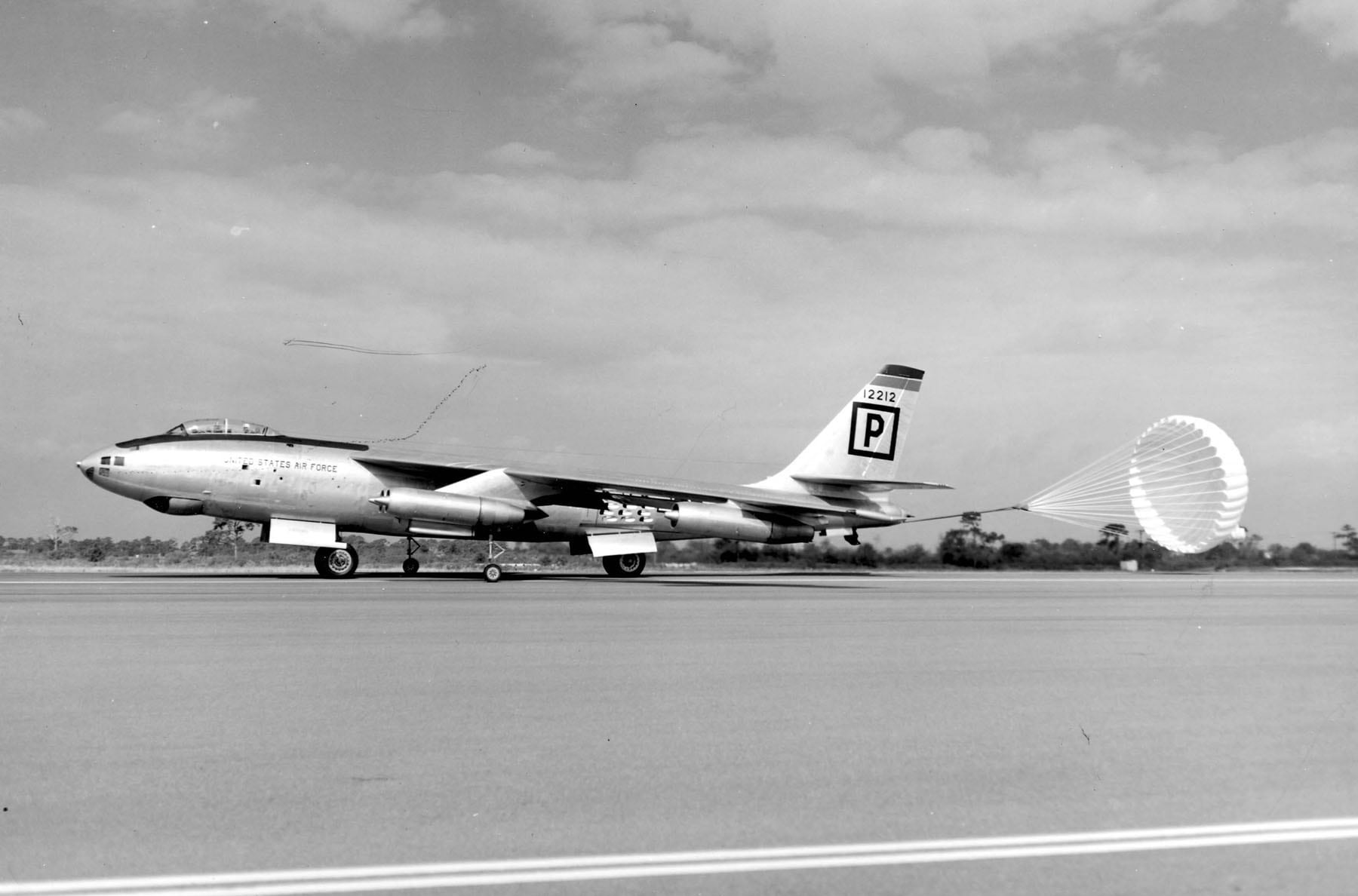
A Drop in the Ocean
Thirty-four days before Capt. Bruce Kulka inadvertently sent a 7,600-pound bomb hurtling toward Mars Bluff, South Carolina, an even more spectacular nuclear accident had unfolded near Tybee Island, Georgia, some 200 miles to the south.
In the early morning hours of February 5, 1958, Maj. Howard Richardson, accompanied by a two-man crew, piloted his U.S. Strategic Air Command B-47 bomber on the last leg of a simulated combat mission that had originated in Florida the previous afternoon.
After flying his aircraft west over the Gulf of Mexico and then north toward the Canadian border, the 36-year-old Richardson — dogged by U.S. Air Force fighter jets to add authenticity to the drill — completed his electronic “bomb drop” and, along with another B-47 taking part in the exercise, headed back toward Homestead Air Force Base near Miami.
But unbeknownst to the bomber crews, as they headed for South Carolina at 38,000 feet, three pilots at Charleston Air Force Base took to the air in their North American F-86 Sabres for another round of mock attacks.
Among that trio was 23-year-old Lt. Clarence Stewart, who collided with Richardson’s aircraft after his fighter jet’s radar malfunctioned.
With his plane’s wings sheared off, Stewart activated his ejection seat.
Richardson, who had flown combat missions in World War II, saw that his far-right engine was listing 30 degrees and that an external fuel tank was missing.
He descended to 20,000 feet and headed for Hunter Air Force Base, near Savannah, Georgia, but was advised that both ends of the runway were being repaired, creating a potentially catastrophic problem: If the tilting engine snagged the tarmac, the plane’s payload — an MK-15 nuclear bomb — might hurtle through the already damaged fuselage and explode.
To save his crew, Richardson headed for the Atlantic Ocean and, somewhere in Wassaw Sound near Tybee Island, ditched his 7,600-pound nuke before flying the badly damaged plane back to Hunter AFB.
There was, of course, concern about such a potentially destructive bomb submerged a mere 12 or so miles from Savannah. But Richardson, who would earn a Distinguished Flying Cross for his service, later asserted that no active fissionable material had been installed in the device, thereby making a nuclear blast impossible.
And although the government conducted two extensive searches of the seabed, first in 1958 and again in 2004, it was concluded that Bomb No. 47782 had been “irretrievably lost,” buried in perhaps 5 to 15 feet of silt and sand beneath uncertain depths of water.
Richardson later retired from the air force as a full colonel and relocated to his native Mississippi, while Stewart — whose parachute carried him more than 20 miles from where he had bailed out — went on to fly combat missions in Vietnam, earning a Silver Star and retiring as a colonel.
RELATED
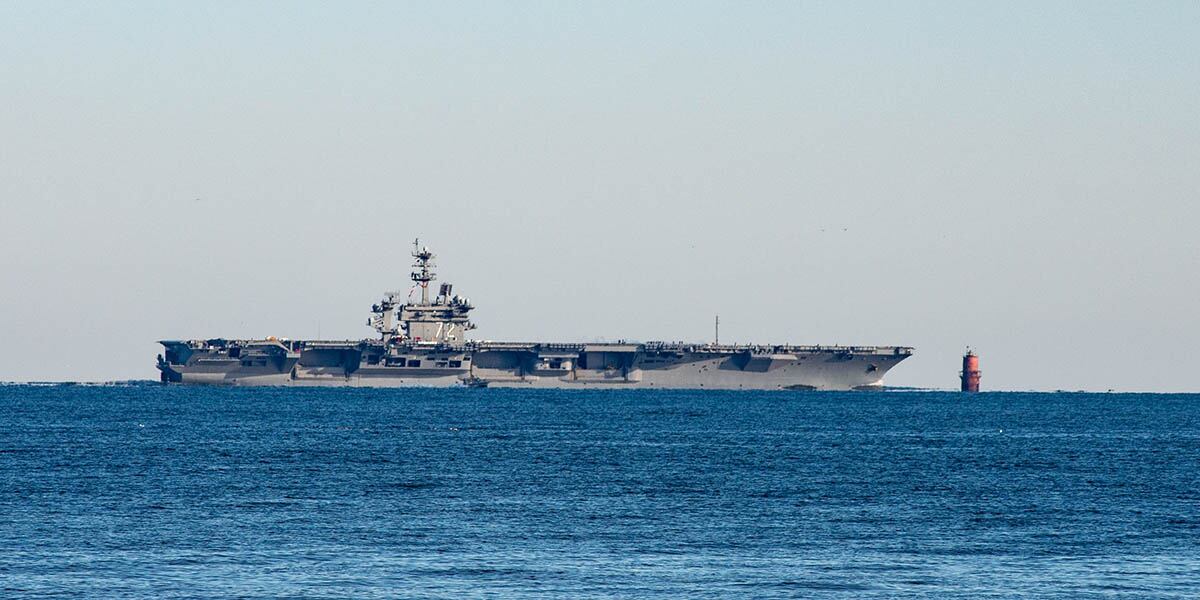
Alan Green is a journalist in the Washington, D.C., area. His article appears in the Spring 2019 issue (Vol. 31, No. 3) of MHQ—The Quarterly Journal of Military History, a sister publication of Navy Times, with the headline “War List | Oops!”
